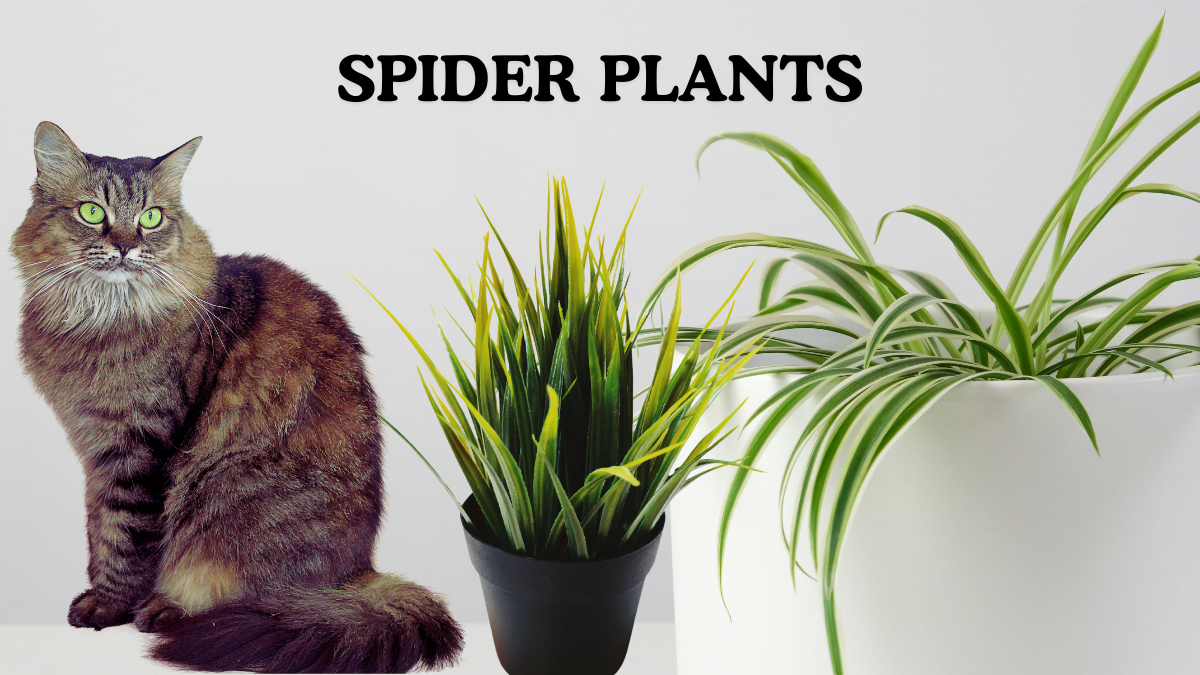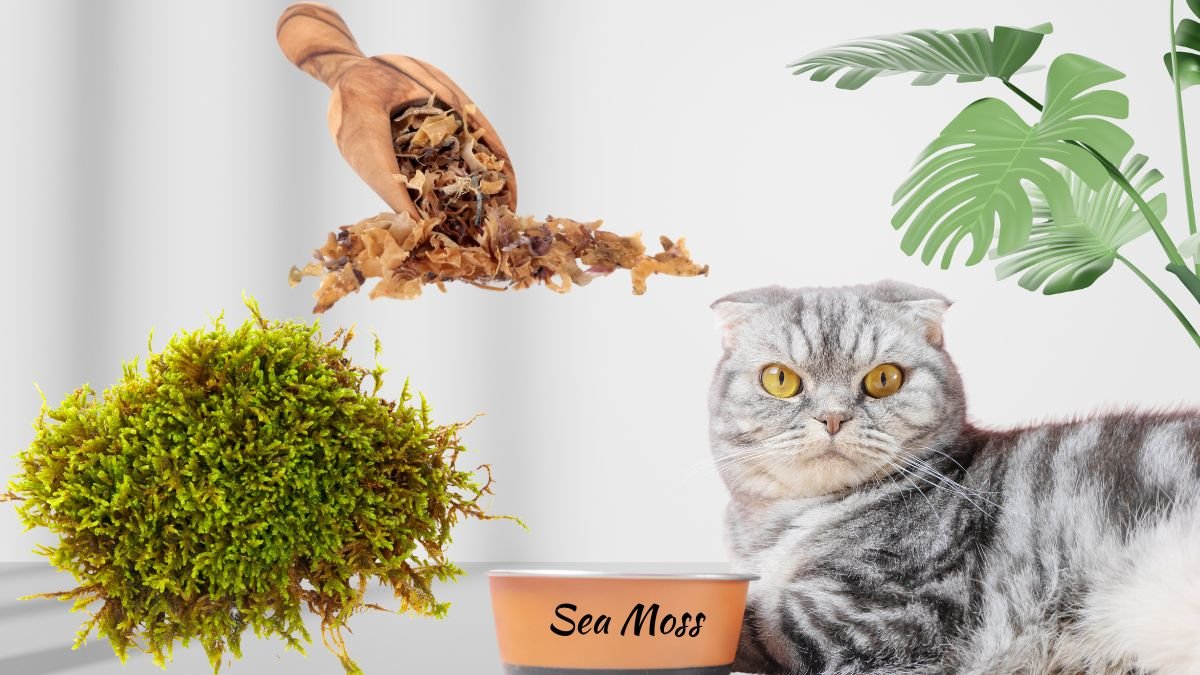
Why Are Pallas Cats Impossible to Domesticate? And Why Pallas Cat Plush Are Your Best Bet!
Has anyone successfully kept a Pallas cat as a domesticated animal? The answer is no. While some individuals may attempt to pet a Pallas cat at their leisure, it is generally not advisable to consider them domesticated animals. Pallas cats are rare and wild creatures; they cannot coexist with humans like typical house cats. There are rules in place for good reason—though you might want to pet a tiger or a lion, such actions are exceedingly risky. Therefore, everything has its limits. I’m not saying it’s impossible to domesticate a Pallas cat; rather, I’m emphasizing that one should not attempt to do so.
Know about pallas cat

The Pallas cat is a distinct species of cat, significantly different from typical domestic cats. They are wild animals and cannot adapt to living like ordinary house cats. These cats have specific habitats and are not found everywhere in the world. Generally, Pallas Cat Plush are native to regions including Turkmenistan, Iran, Kyrgyzstan, Kazakhstan, Bhutan, Nepal, India, Pakistan, Afghanistan, China, Mongolia, and Russia. They are commonly found in the Himalayan region, where the cold climate suits them well. Pallas cats inhabit areas covered in snow, often using caves, rock crevices, and marmot burrows as shelters. Unlike typical house cats that are domesticated, Pallas cats have different dietary needs and primarily hunt small prey in the wild. Although they are not aggressive towards humans like some other animals, they can be wary and should not be approached. Pallas cats are not friendly like pet cats; attempting to befriend them can be risky. Despite their wild nature, Pallas Cat Plush are incredibly cute and charming. Many people find themselves captivated by their unique appearance at first sight. However, it’s important to admire these beautiful creatures from a respectful distance and appreciate their role in their natural habitat.
How is pallas cat as pet

Pallas Cat Plush are undeniably beautiful creatures, and their adorable appearance captivates everyone at first sight. However, they are not ideal pets. While it’s not impossible to keep a Pallas cat as a pet, it requires considerable effort and understanding. These cats have specific needs that are more suited to their natural hunting instincts. They prefer to hunt for their food rather than eating typical pet food, which can pose challenges and risks, especially if they start hunting other pets in the household. It’s important to note that Pallas cats are not inherently dangerous, but they can be problematic when compared to domestic cats. They are not comfortable living in human-made environments like houses; instead, they prefer natural shelters such as caves, rock crevices, or marmot burrows. One significant reason not to keep a Pallas cat as a pet is their shy and reclusive nature. They are small and tend to hide from humans, rarely interacting or seeking attention. However, if one were to raise a Pallas cat from infancy and provide constant care and training, there might be a possibility of a closer bond resembling that of a domestic cat. Nonetheless, their wild instincts will always remain a part of their behavior. In conclusion, while Pallas cats are intriguing and attractive animals, they are not suitable for traditional domestication. Their unique needs, hunting behavior, and natural habitat preferences make them challenging and potentially unsuitable as household pets. It’s essential to approach the idea of keeping a Pallas cat with caution and respect for their natural instincts and requirements.
Habit of Pallas Cats

What are the habits of Pallas Cat Plush? Pallas cats appear to be quiet and reserved animals. They have a thick layer of fur that often conceals their legs, giving them a stout and robust appearance. Despite their fierce appearance, they are not noisy creatures like many other animals. Pallas cats prefer to hunt for their food, targeting small animals in the wild such as birds, marmots, pikas, ground squirrels, voles, gerbils, and hamsters. They have adapted to blend into their surroundings and are skilled at hiding, making them difficult to spot in grassy areas due to their small size and camouflage.
Are Pallas Cats Dangerous?

Pallas cats are relatively small in size, resembling round balls with fur. Their coloration helps them blend seamlessly into their natural habitat, making them almost indistinguishable from a distance. While they are not aggressive towards humans, they are carnivores and primarily hunt small animals in the wild like birds and rodents. Pallas cats are not attracted to humans and generally avoid human interaction. In summary, while Pallas cats may appear intimidating due to their appearance and hunting behavior, they pose no significant danger to humans and are more focused on hunting and surviving in their natural environment.
Why Pallas Cats Are Not Easy to Pet

Why do people generally not choose a Pallas cat as a pet? There are several reasons for this. Firstly, Pallas cats are unlike typical house cats that easily adapt to domestication and training. It’s challenging to train a Pallas cat, and it requires a significant amount of time and effort. Additionally, they are not friendly towards other domestic animals because they are wild and carnivorous by nature, preferring to hunt for their food. Secondly, Pallas cats can be considered slightly dangerous for humans. They are elusive and tend to hide from people, preferring natural shelters like caves over human-made houses. They are selective about their habitat and cannot easily adapt to different environments. Pallas cats have specific regions in the world where they thrive, and it can be difficult to recreate these conditions in a domestic setting. However, with dedication and perseverance, it is possible to successfully keep a Pallas cat as a pet.
Habitat of Pallas Cats
 As mentioned earlier, Pallas cats are primarily found in regions including Turkmenistan, Iran, Kyrgyzstan, Kazakhstan, Bhutan, Nepal, India, Pakistan, Afghanistan, China, Mongolia, and Russia. They are especially abundant in the Himalayan areas, which are characterized by heavy snowfall. Pallas cats prefer habitats such as caves, rock crevices, and marmot burrows for shelter, with caves being their preferred choice for raising young. These cats strategically choose high-altitude locations for their shelters to remain hidden from potential predators. Their dense fur coats enable them to thrive in extremely cold environments, providing them with the insulation needed to survive in these harsh conditions. Overall, the Pallas cat’s specialized habitat requirements make them uniquely adapted to specific regions where they can successfully hunt and survive.
As mentioned earlier, Pallas cats are primarily found in regions including Turkmenistan, Iran, Kyrgyzstan, Kazakhstan, Bhutan, Nepal, India, Pakistan, Afghanistan, China, Mongolia, and Russia. They are especially abundant in the Himalayan areas, which are characterized by heavy snowfall. Pallas cats prefer habitats such as caves, rock crevices, and marmot burrows for shelter, with caves being their preferred choice for raising young. These cats strategically choose high-altitude locations for their shelters to remain hidden from potential predators. Their dense fur coats enable them to thrive in extremely cold environments, providing them with the insulation needed to survive in these harsh conditions. Overall, the Pallas cat’s specialized habitat requirements make them uniquely adapted to specific regions where they can successfully hunt and survive.









